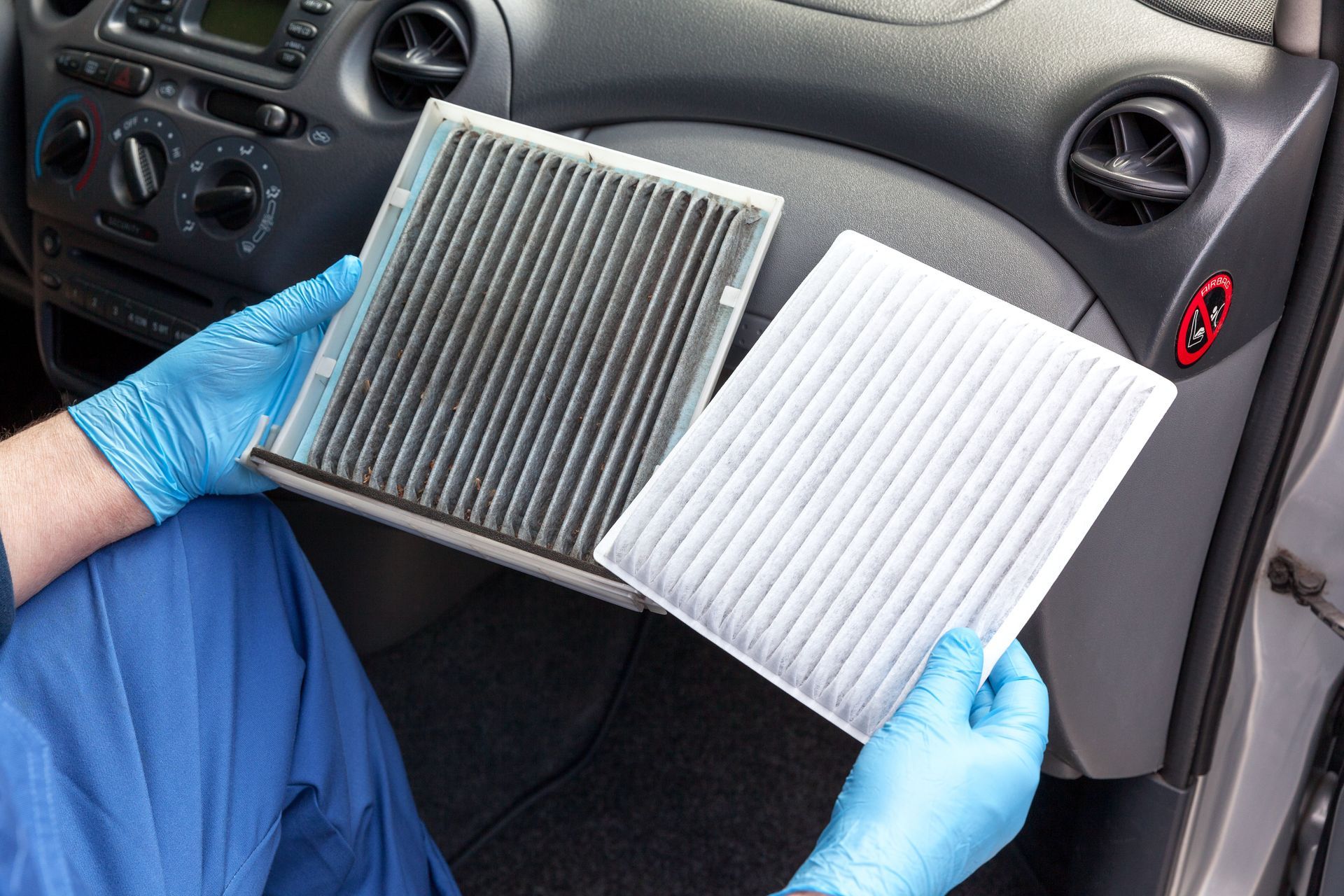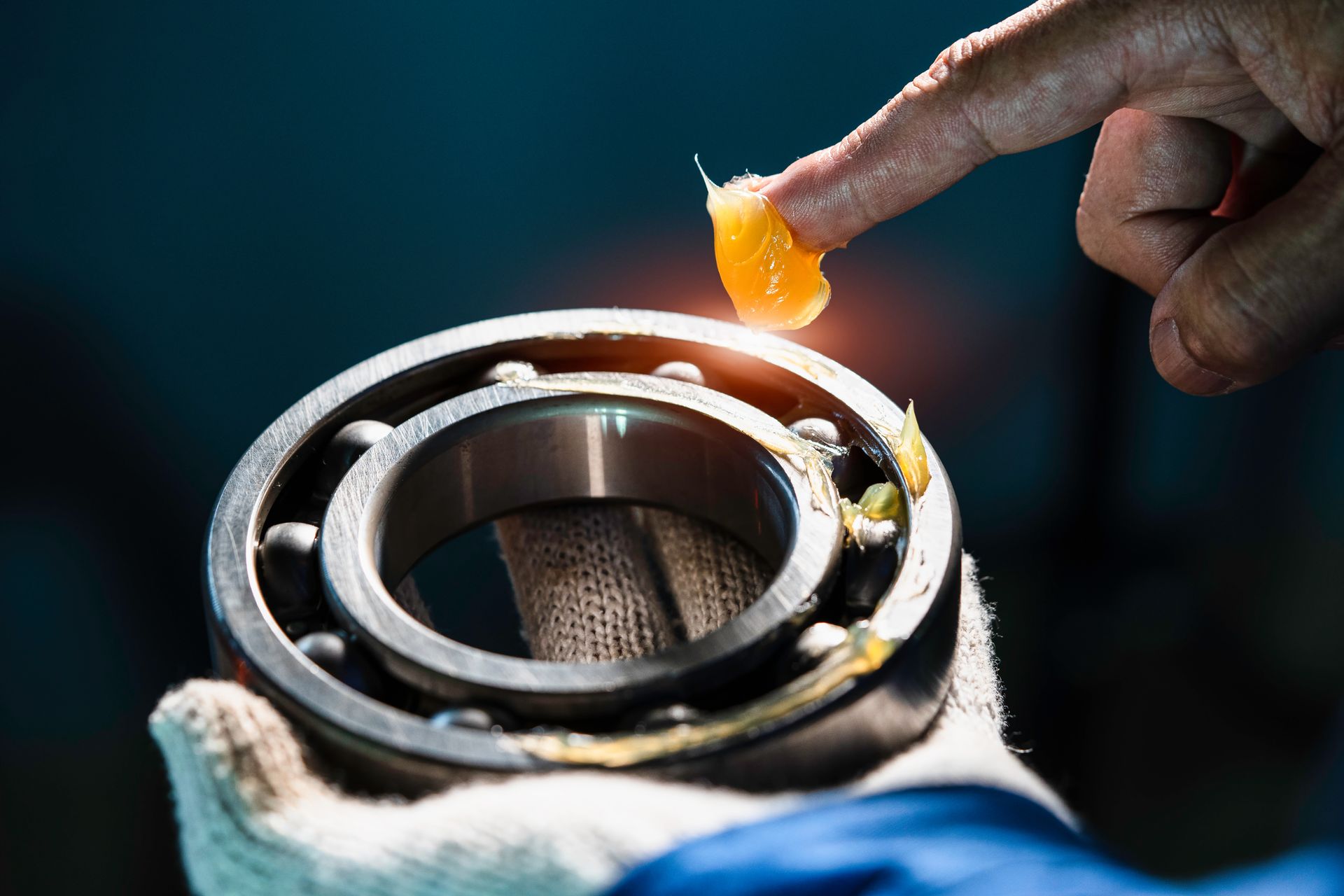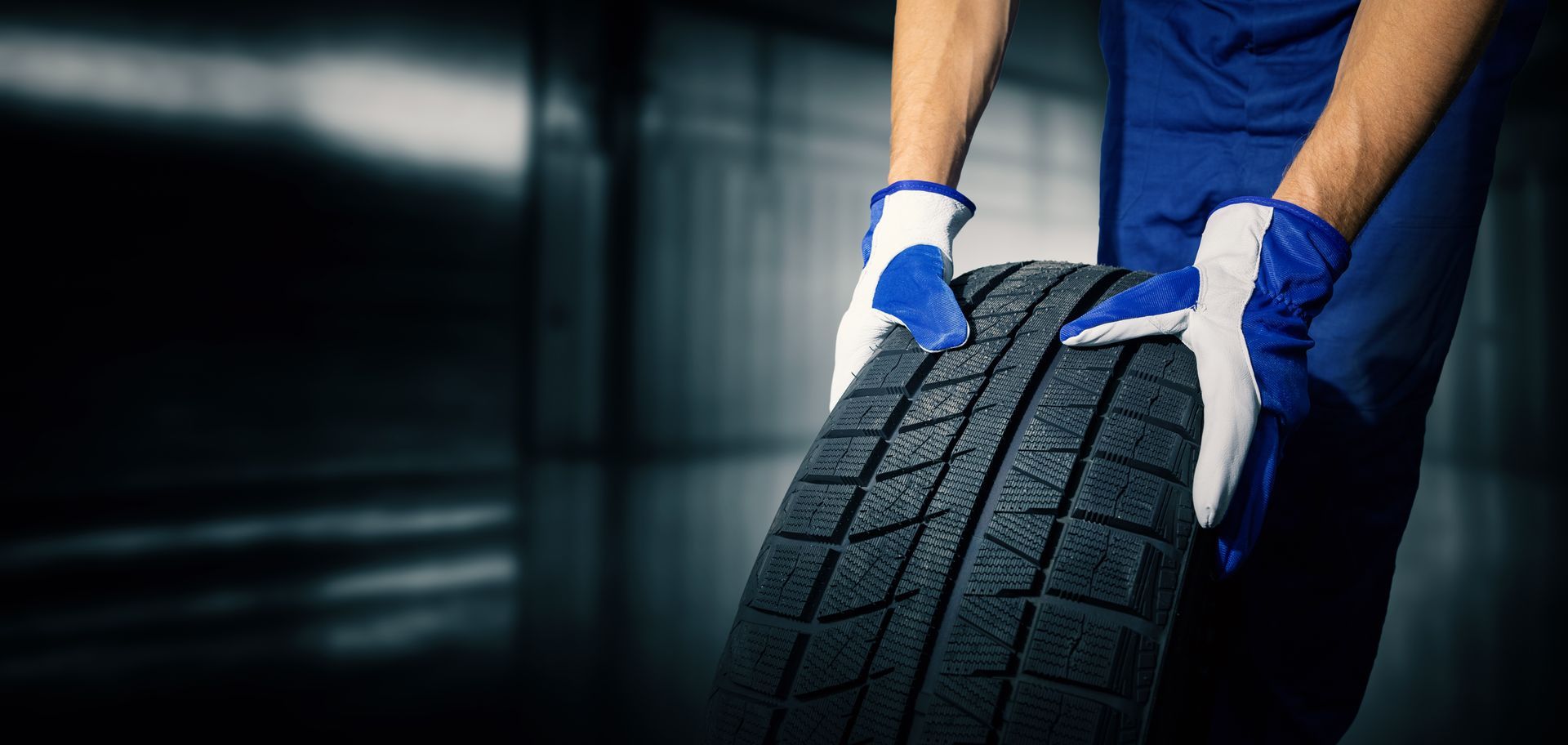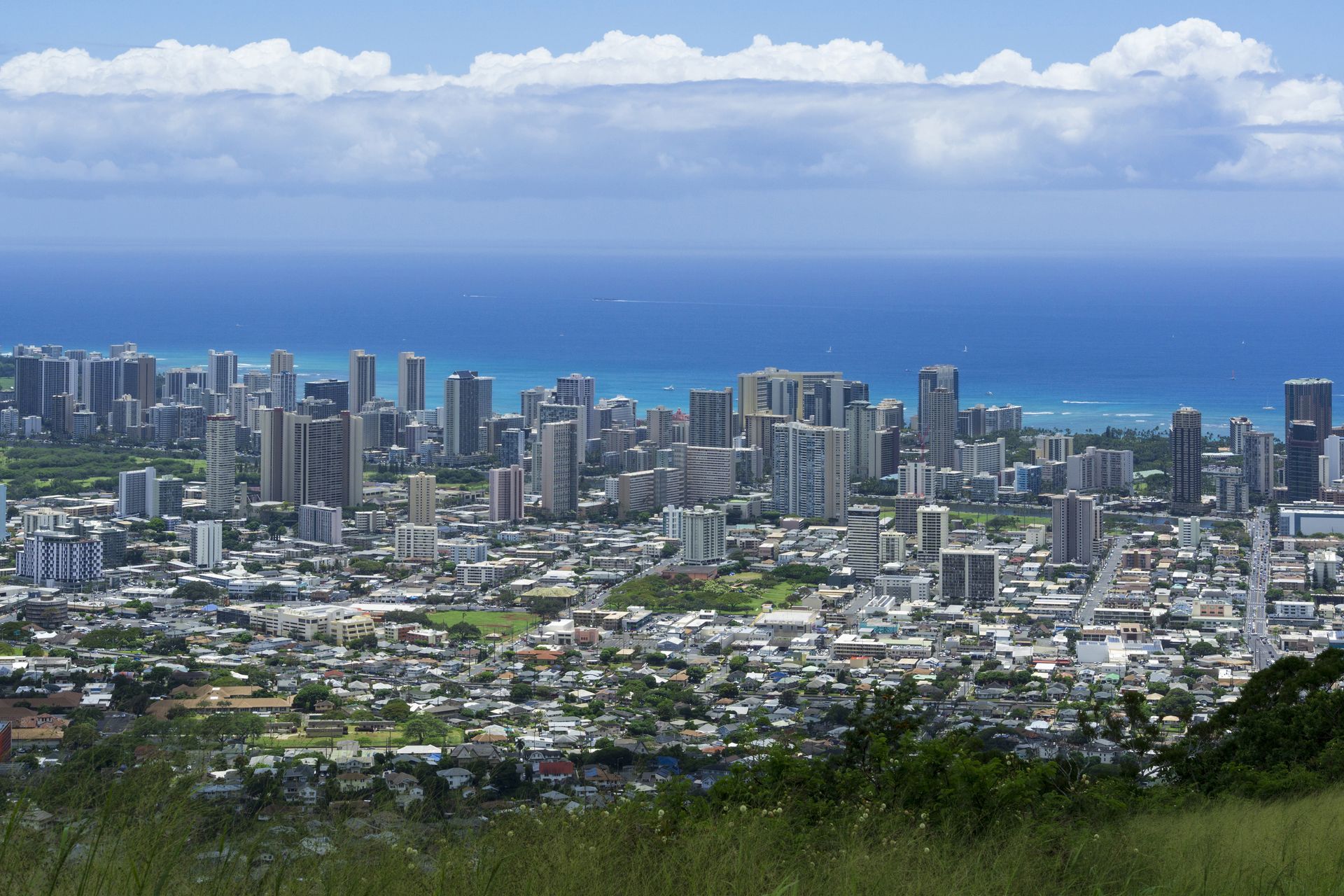What to Do When I See Oil Under My Car
July 11, 2025
Finding a dark puddle under your car can stop you in your tracks—especially when you realize it’s oil. Whether it's a few drops or a full-on stain, seeing oil under your vehicle usually brings up the same questions: How serious is it? Is it safe to keep driving? And what should you do next?
While not every oil leak is a sign of disaster, ignoring one can lead to much bigger problems. Here’s how to tell what you’re dealing with and what steps you should take if you spot oil under your car.
Start with a Quick Check
The first thing to do is confirm that the fluid is actually motor oil. Engine oil tends to be amber or honey-colored when fresh, and dark brown or black when old. It has a slick feel between your fingers and doesn’t evaporate like water or smell like fuel.
You’ll usually find it dripping from the area beneath the engine—generally toward the front or middle of the vehicle. If the spot is more reddish or pink and located farther back, it could be transmission fluid or power steering fluid. But if it’s thick, dark, and clearly oil-based, engine oil is the most likely culprit.
Look for Other Signs While Driving
Once you’ve noticed a leak, pay attention to how your vehicle is running. If you start to hear louder engine noise, smell burning oil, or see the oil pressure warning light come on, it means the issue is getting worse. Oil is essential for keeping your engine cool and lubricated—running low can cause friction, overheating, and eventually internal damage.
You may also notice oil smoke if the leak is dripping onto a hot exhaust component. That smoke usually has a sharp, burnt smell and is a sign the leak needs immediate attention.
Common Leak Sources
Oil can escape from several different points in the engine. Some of the most common include:
- The oil pan gasket at the bottom of the engine
- The valve cover gasket at the top of the engine
- The oil filter or drain plug (especially right after an oil change)
- The front and rear main seals (more common in high-mileage vehicles)
In some cases, the leak is small and slow—but even a minor leak can cause problems over time. Not only can it lower your oil level, but it can also create buildup on engine components, cause rubber parts to degrade, and even become a fire hazard if it collects near ignition sources.
When to Worry and When It’s Urgent
A few drops of oil now and then may not seem like much, especially if your car’s running fine. But leaks rarely stay small. If you’re having to top off your oil more frequently, or if the puddle under your car keeps getting bigger, it’s a sign that the problem is growing.
If the oil warning light turns on while driving or the engine temperature starts climbing, pull over and shut off the engine. Continuing to drive in this condition can lead to serious engine damage—especially in hot weather or stop-and-go traffic, like we often see around Honolulu and other Hawaiian cities.
Document What You’re Seeing
If possible, take a photo of the spot or puddle and note where and when you see it. If you’re adding oil between trips, jot down how much and how often. This information can be helpful for us when diagnosing the leak and estimating how quickly the oil is being lost.
LexBrodies – Trusted Oil Leak Repair in Honolulu and Across Hawaii
At
LexBrodies, we’ve helped drivers all over Hawaii—from Honolulu to our other island locations—deal with engine oil leaks, big and small. If you’ve noticed a spot under your car or your oil levels are dropping faster than usual, our team can pinpoint the problem and recommend the right fix. Don’t wait for a small leak to become a major engine issue—schedule an inspection today and drive with confidence.





















